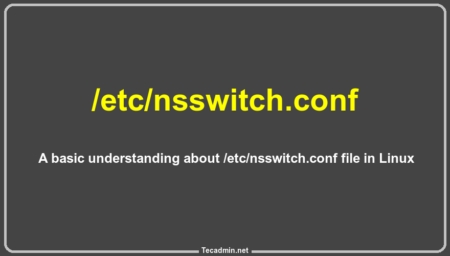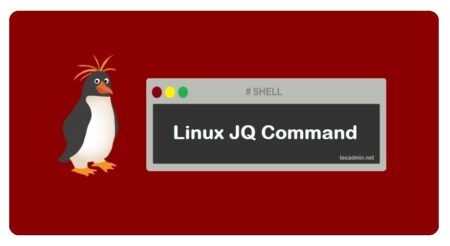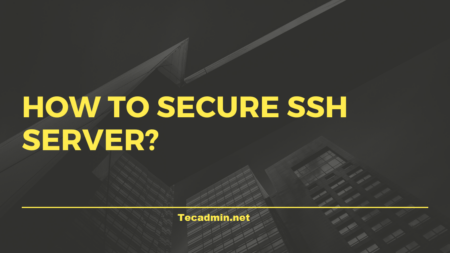Configuring your system to allow certain commands to run without needing to enter a password can be very useful. This…
Browsing: linux
SCP (Secure Copy Protocol) is a command-line tool that allows you to securely copy files between a local host and…
In the ever-evolving landscape of technology, Linux remains a cornerstone for developers, sysadmins, and IT professionals. Its robustness, security, and…
In the rapidly evolving world of technology, ensuring the smooth operation of Linux servers has become pivotal for businesses worldwide.…
Improving your computer’s speed is easy by optimizing the memory cache. The memory cache is a part of RAM that…
Linux is a versatile and powerful operating system, but like any other system, there are times when you need to…
Disk Input/Output (I/O) is a critical aspect of system performance in Linux environments. Efficiently monitoring and managing disk I/O is…
What is /etc/nsswitch.conf? /etc/nsswitch.conf is a Linux configuration file that specifies how the system should switch between different name service…
JSON is a data representation format that is used to store and transfer data between different layers of an application;…
When we talk about accessing servers remotely, the first thing that comes to our mind is SSH. It is a…



